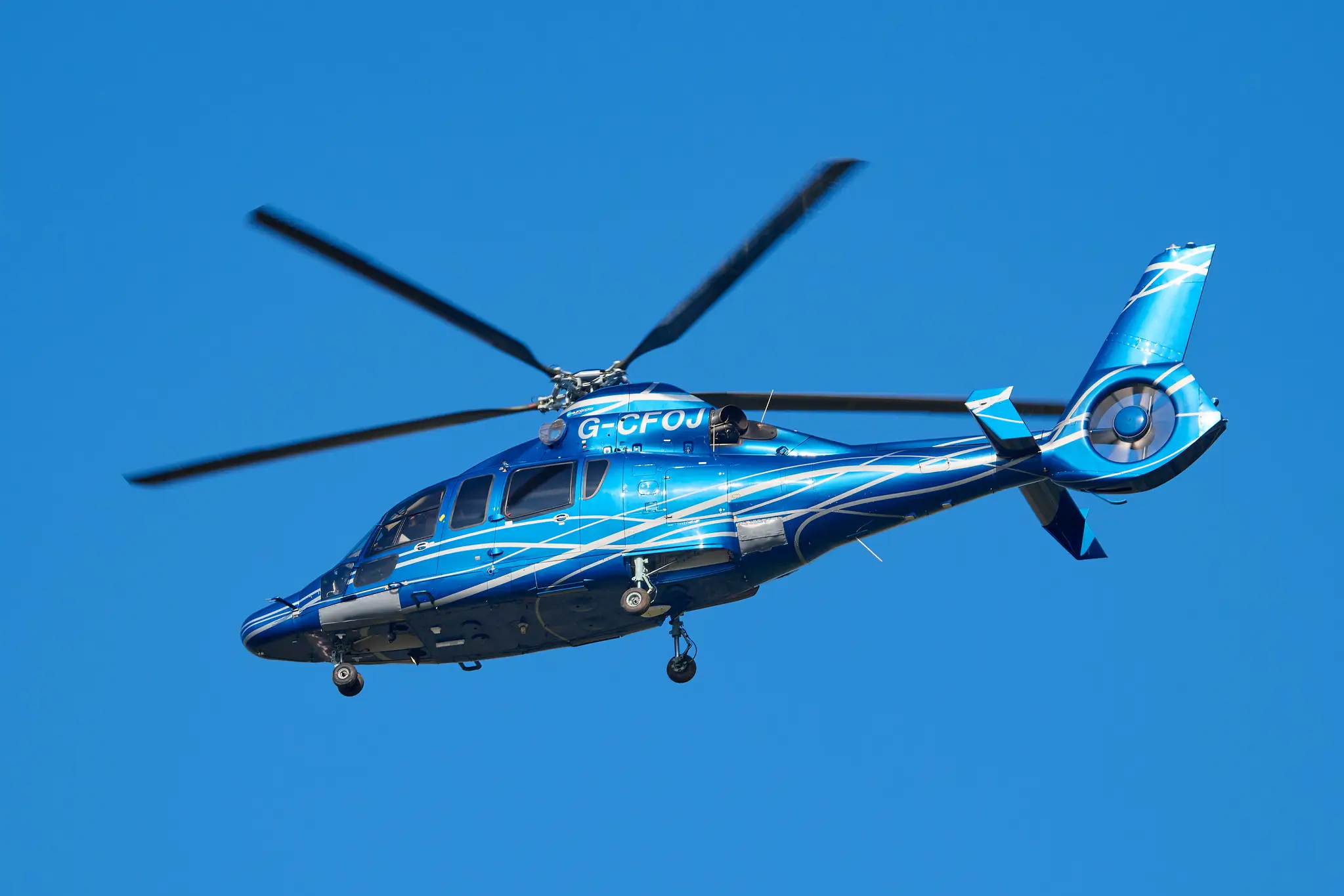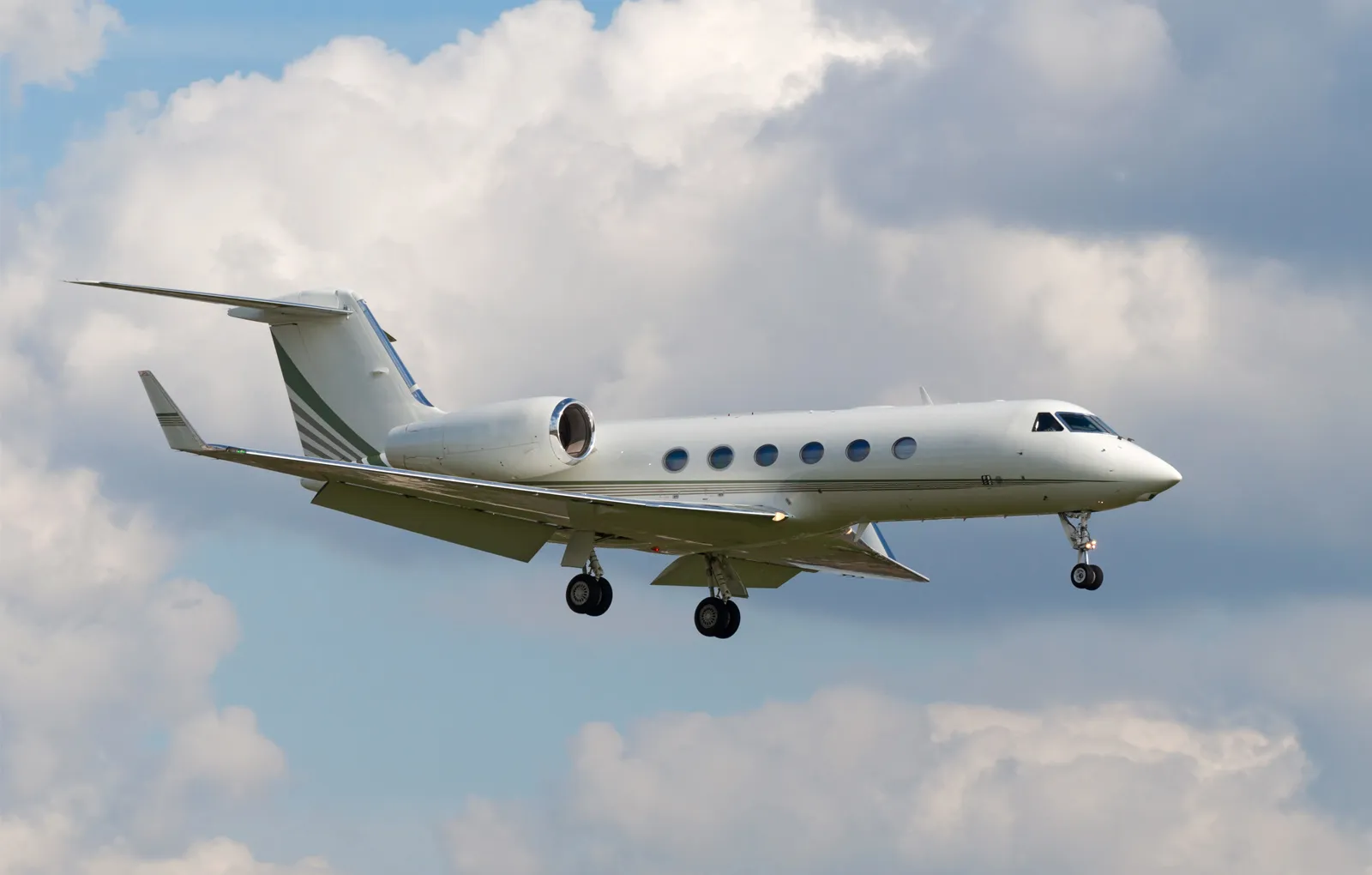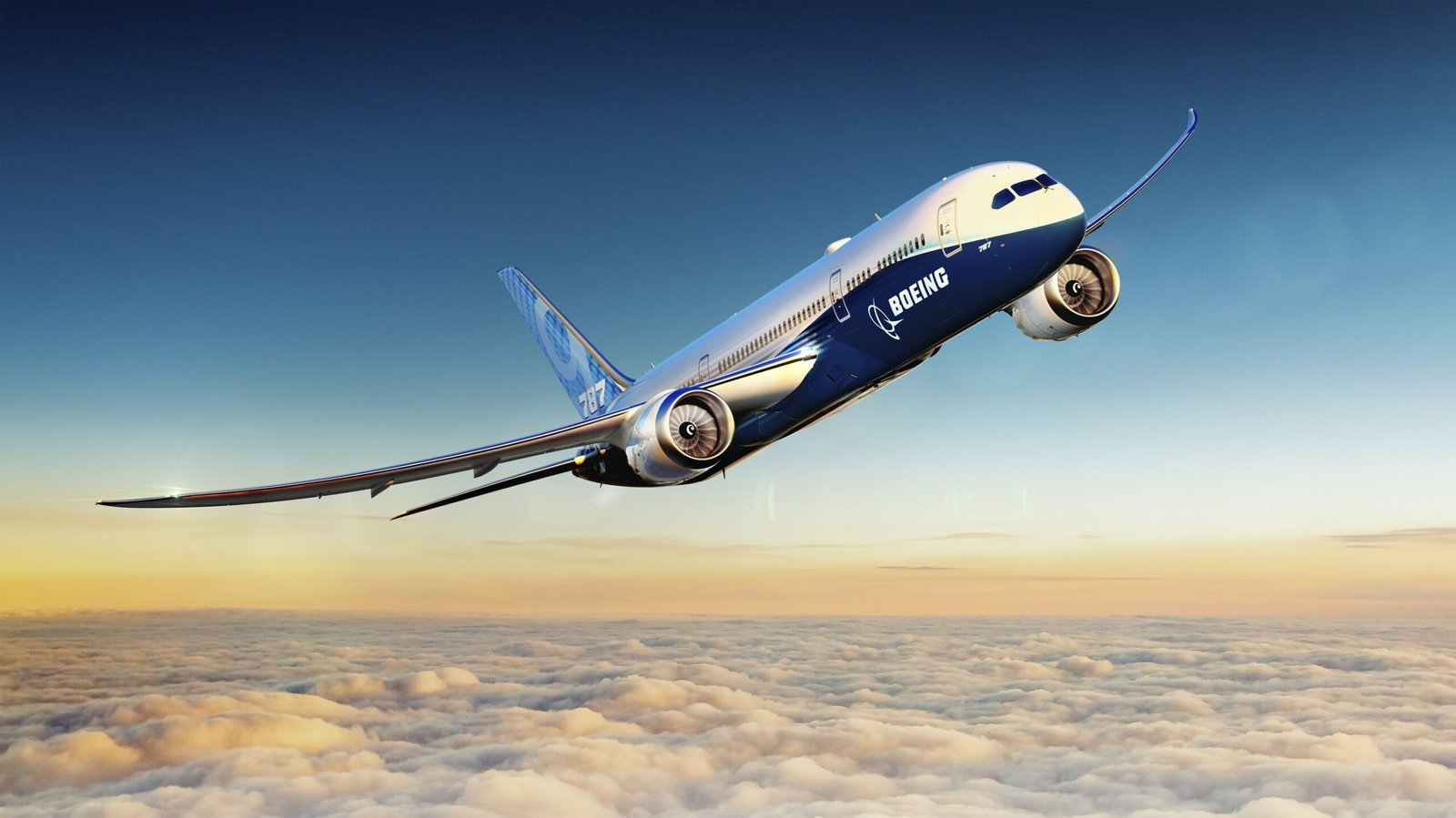The aviation industry has undergone significant advancements over the past century, with aircraft becoming faster, more efficient, and more reliable. One critical component that has evolved alongside these advancements is aviation lubricants. Modern aviation lubricants are engineered to meet the demanding requirements of today’s aircraft, ensuring optimal performance, safety, and longevity.
Key Requirements for Modern Aviation Lubricants
High-Temperature Stability
Modern jet engines operate at extremely high temperatures, often exceeding 200°C (392°F). Lubricants must maintain their viscosity and lubricating properties under these conditions to prevent engine wear and failure.Low-Temperature Performance
Aircraft often operate in cold environments, such as high altitudes or polar regions. Lubricants must remain fluid and functional at temperatures as low as -40°C (-40°F) to ensure smooth engine start-up and operation.Oxidation Resistance
Exposure to high temperatures and oxygen can cause lubricants to degrade over time. Modern lubricants are formulated with advanced additives to resist oxidation, extending their service life.Load-Carrying Capacity
Aviation lubricants must withstand extreme pressures within engine components, such as gears and bearings. They need to provide a protective film that prevents metal-to-metal contact, even under heavy loads.Compatibility with Materials
Lubricants must be compatible with the various materials used in aircraft engines, including metals, seals, and coatings. Incompatibility can lead to corrosion, swelling, or degradation of components.Environmental Considerations
With increasing emphasis on sustainability, modern aviation lubricants are being developed to minimize environmental impact. This includes reducing toxicity, improving biodegradability, and extending oil change intervals to reduce waste.
Types of Aviation Lubricants
Jet Engine Oils
These are specially formulated oils designed for turbine engines. They provide excellent thermal stability, oxidation resistance, and wear protection. Common types include Type I (mineral-based) and Type II (synthetic-based) oils.Piston Engine Oils
Used in smaller, piston-driven aircraft, these lubricants are designed to handle lower operating temperatures and different engine dynamics compared to jet engines.Greases
Aviation greases are used in components such as landing gear, actuators, and bearings. They provide long-lasting lubrication and protection against corrosion and wear.Hydraulic Fluids
While not strictly lubricants, hydraulic fluids play a crucial role in aircraft systems. They must have excellent lubricating properties to protect pumps, valves, and other components.
Innovations in Aviation Lubricants
Synthetic Lubricants
Synthetic oils, such as those based on polyalphaolefins (PAOs) or esters, offer superior performance compared to traditional mineral oils. They provide better thermal stability, oxidation resistance, and low-temperature performance.Additive Technology
Modern lubricants are enhanced with advanced additives that improve their performance. These include anti-wear agents, corrosion inhibitors, and viscosity modifiers.Condition Monitoring
Advances in oil analysis and condition monitoring allow for more precise maintenance schedules. By monitoring the condition of the lubricant, operators can optimize oil change intervals and detect potential issues before they lead to engine failure.Bio-Based Lubricants
Research is ongoing into bio-based lubricants derived from renewable sources. These lubricants aim to reduce the environmental impact of aviation while maintaining high performance.
Challenges and Future Trends
Higher Operating Temperatures
As engines become more efficient, they also operate at higher temperatures. Lubricants must continue to evolve to meet these demands.Sustainability
The aviation industry is under pressure to reduce its environmental footprint. This includes developing lubricants that are more sustainable and less harmful to the environment.Electrification
The rise of electric and hybrid-electric aircraft presents new challenges for lubrication. These aircraft may require entirely new types of lubricants tailored to their unique needs.Regulatory Compliance
Aviation lubricants must meet stringent regulatory standards set by organizations such as the FAA (Federal Aviation Administration) and EASA (European Union Aviation Safety Agency). Compliance with these standards is essential for ensuring safety and performance.
Conclusion
Aviation lubricants are a critical component of modern aircraft, ensuring the safe and efficient operation of engines and other systems. As the aviation industry continues to evolve, so too must the lubricants that support it. With ongoing advancements in synthetic oils, additive technology, and sustainability, aviation lubricants are poised to meet the challenges of the modern era and beyond.
By staying at the forefront of innovation, the aviation lubricant industry will continue to play a vital role in the safe and efficient operation of aircraft, contributing to the overall advancement of global aviation.



